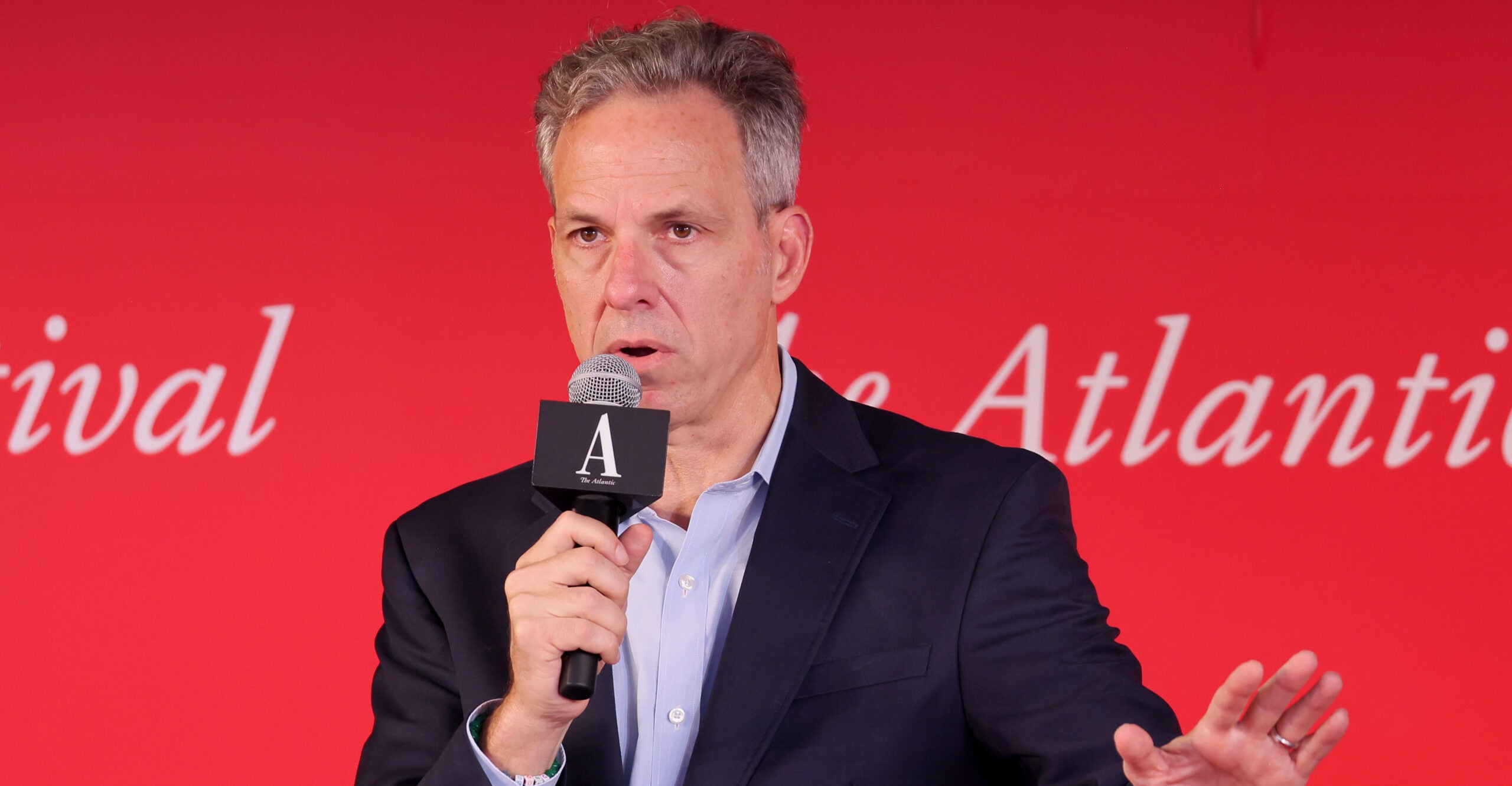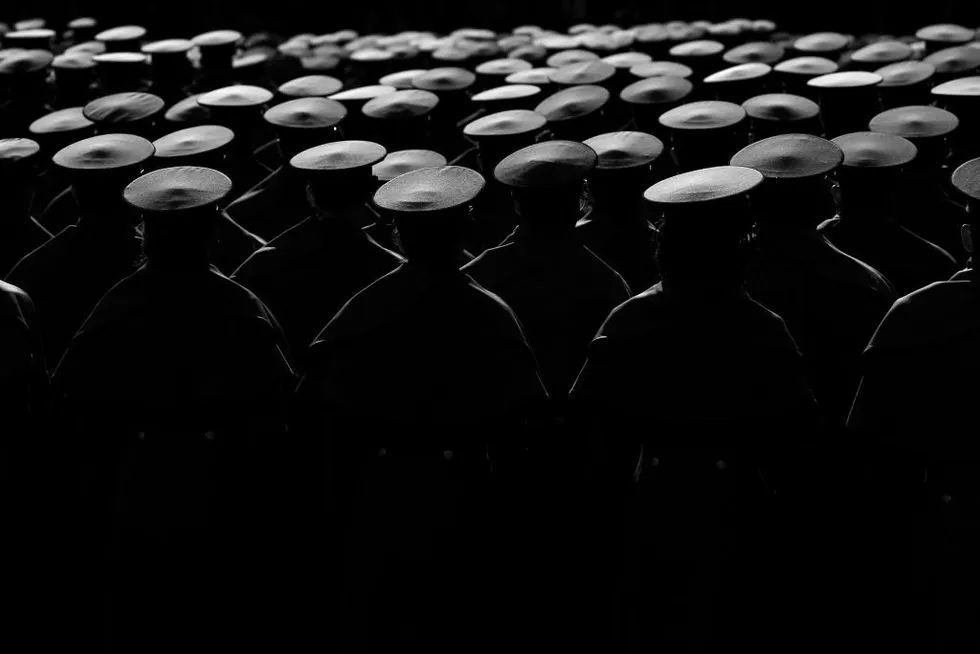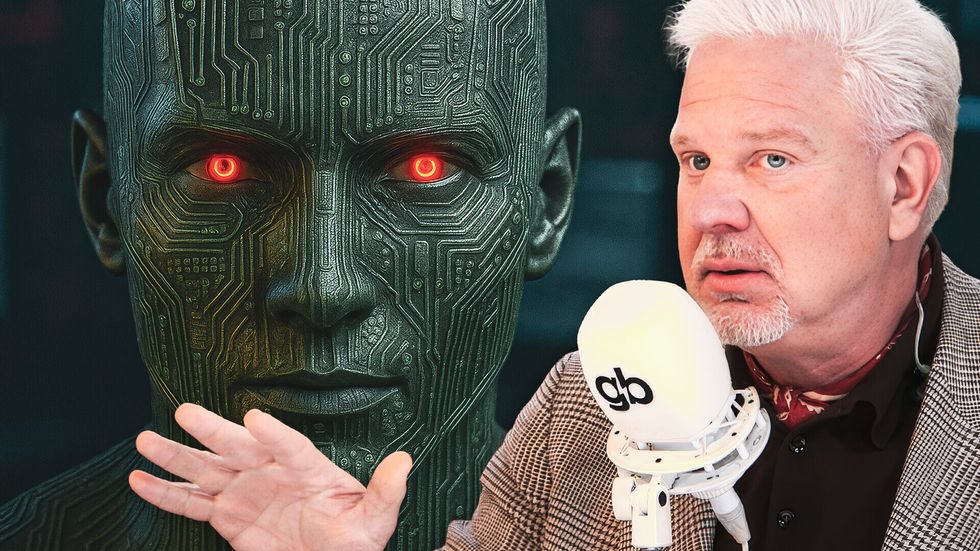President-elect Trump’s task on Iran: Making it ‘conventional again’



Israel has crippled Iran’s key proxies. Now, it’s up to the next U.S. administration to stop Iran from going nuclear and ensure regional stability.
As Donald Trump prepares to return to the White House as the 47th president of the United States, Iran finds itself weakened yet undeterred. The regional balance has shifted, with Tehran’s network of proxies in disarray and Israel striking hard at the heart of Iran’s military infrastructure. Yet, amid these setbacks, one persistent issue remains: Tehran’s nuclear program continues to advance. For the incoming administration, the task could not be clearer: prevent Iran from acquiring nuclear weapons before it is too late.
In 2018, the Trump administration made the pivotal decision to withdraw from the Joint Comprehensive Plan of Action (JCPOA), reimposing harsh sanctions that devastated Iran’s economy. This marked 2018 as a particularly bad year for the Islamic Republic. In 2020, before the world’s attention turned to the impending COVID-19 pandemic, the specter of World War III was trending online, fueled by the assassination of General Qasem Soleimani, the commander of Iran’s Quds Force. His death, one of the most significant blows to Iran’s military apparatus in decades, was a traumatic event that the leaders have yet to fully reconcile. Later that year, the assassination of Mohsen Fakhrizadeh, Iran’s chief nuclear scientist, near Tehran, added an additional blow to Iran’s ambitions. That made 2020 another bad year for Iran.
However, 2024 proved even more catastrophic for Tehran. Israel delivered a series of decisive blows to Iran’s network of proxies across the region, severely weakening Iran’s strategic position. The election of Donald Trump to the U.S. presidency, amid these setbacks, adds to Iran’s woes, renewing fears of a more hostile American foreign policy.
For years, Iran has cultivated a web of proxy groups throughout the Middle East, using them to challenge its adversaries and extend its influence. But the October 7, 2023 Hamas attack on Israel unleashed a chain of events that fundamentally altered the balance of power in the region. Hamas, for instance, has been effectively dismantled as a military entity. Israel’s strikes targeted not only Hamas leaders—killing Ismail Haniyeh and his successor, Yahya Sinwar—but also struck at the heart of Hezbollah, eliminating top commanders and even killing its leader, Hassan Nasrallah. Hezbollah’s disarray deepened when its potential new leader, Hashem Safieddine, was also eliminated.
These strikes underscored Israel’s growing military dominance and revealed the vulnerability of Iran’s proxies, even on Iranian soil. The killing of Haniyeh in Tehran, for instance, was the result of a meticulously executed covert operation, with the bomb that killed him smuggled into the city months before the strike. Iran decided to strike too and launched two major missile and drone attacks against Israel in 2024—one in April and another in October. While the damage to Israel was limited, the attacks served as a pointed reminder of Iran’s readiness to retaliate.
Iran has not lost all ground. Despite its vulnerabilities and the ongoing sanctions, it retains key allies. Notably, its relationship with Russia and China has helped it mitigate some of the effects of the sanctions, providing a buffer against international isolation. But the most valuable asset Iran holds remains its nuclear program.
The 2015 JCPOA, negotiated under the Obama administration, was designed to restrict Iran’s nuclear capabilities in exchange for the easing of sanctions. It limited the amount of enriched uranium Iran could legally possess, curtailed its ability to produce more, and introduced a rigorous inspection regime. This agreement extended the time Iran would need to develop nuclear weapons. When the Trump administration took over, it implemented a much tougher stance, withdrawing from the nuclear deal and pursuing a policy of “maximum pressure“. A policy that mostly continued under Biden. Trump’s 2018 decision was rooted in the belief that a better deal could be negotiated. This exit, however, emboldened Iran to continue its nuclear program. Recent assessments indicate Iran’s nuclear efforts continue apace; while Tehran appears undecided on building a nuclear weapon, estimates suggest it could achieve weapons-grade enrichment within a matter of weeks.
The strategies post-2018 have been criticized and have failed to steer Iran off course. With Trump returning to the White House, the U.S. must ask itself what went wrong and how it can recalibrate its strategy. Over time, Tehran has only grown more resilient, doubling down on its nuclear ambitions and providing support to Russia amid its invasion of Ukraine, securing technology in return. Perhaps more troubling, Iran’s brazen defiance—underscored by the recently revealed plot to assassinate Trump in retaliation for the killing of General Soleimani—signals a regime growing ever more reckless.
Although Iran has denied the assassination attempt, the gravity of these allegations–which led to charges against an Iranian agent–increases the likelihood of Trump adopting an even harder line in his second term. In a briefing before the election about these threats, Trump stated he would be ready to blow Iran “to smithereens’ if he returned to the White House. Yet, his desire for a historic deal may eventually outweigh this resentment. His team, meanwhile, appears ready to confront Tehran head-on from day one.
Israel has made significant strides by disrupting Iran’s network of proxies across the region. Now, it is up to the next administration to craft a strategy and complete the job. Whether through maximum pressure or negotiation—an approach Trump appears open to—the task must be completed. If the next administration is to truly be tough on Tehran, the results must be tangible—especially on the nuclear front. A nuclear Iran poses a direct threat to regional stability and emboldens further China, Russia and North Korea in challenging the American dominated international order. The U.S. must act decisively, before Tehran crosses the nuclear threshold. The Axis of Losers must be prevented from going fully nuclear.
If 2018 marked a turning point and 2024 has proven even more disastrous for Iran, there is hope that through the right strategy one of the next four years will bring an end to its nuclear ambitions once and for all.
Adrian Gvinda has a master’s degree in security and diplomacy, currently working as an SME in a multinational company. I am deeply engaged in analyzing defense and foreign policy issues. You can view some of my recent articles published in Romanian here.
Adrian Gvinda is a foreign policy analyst. Follow him on X: @Adrian_Gvinda
SUPPORT TRUTHFUL JOURNALISM. MAKE A DONATION TO THE NONPROFIT WND NEWS CENTER. THANK YOU!
What's Your Reaction?
 Like
0
Like
0
 Dislike
0
Dislike
0
 Love
0
Love
0
 Funny
0
Funny
0
 Angry
0
Angry
0
 Sad
0
Sad
0
 Wow
0
Wow
0










































































